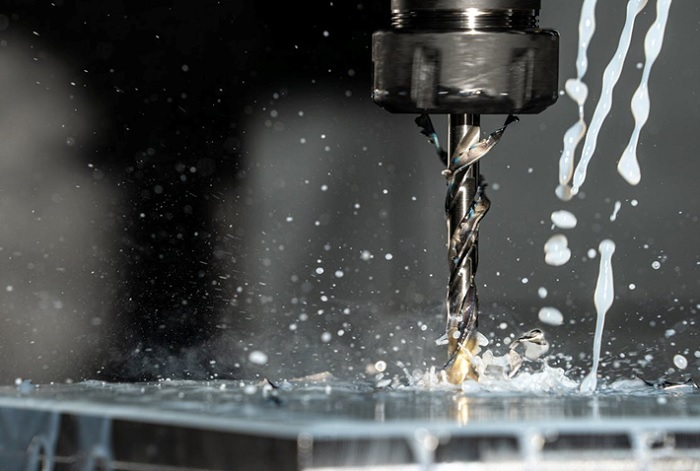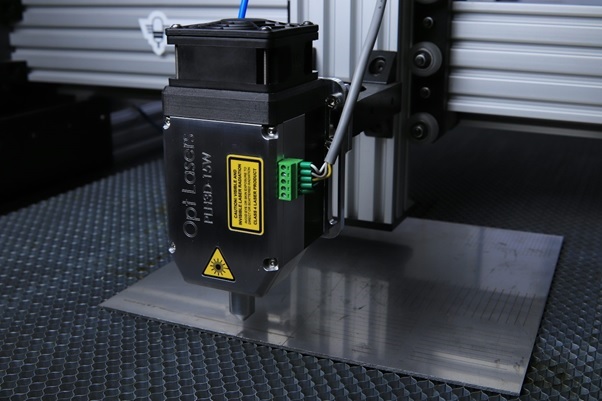Technology
Understanding CNC Machining Costs: What Are the Price Determinants?

Manufacturers and customers must appreciate the cost of running a CNC machining. Depending on whether you are doing a single prototype or planning a large scale production, these costs can be highly variable. This guest blog will discuss key factors that influence CNC machining prices and give ideas on how to manage the expenses effectively.
Material Costs
One of the major contributors to CNC machining costs is material choice. The prices of different materials vary and their machinability also influences the total cost.
Metals such as the titanium have high strength that causes their costs to be high. However, because aluminum is simpler to produce, it is less expensive. Compared to metals, polymers are generally less expensive; nevertheless, some polymers are referred to as high-performance materials, and their costs may exceed those of metals.
Complexity of Design
The intricacy in design directly impacts the cost of CNC machining. Complicated designs with tight tolerances e.g., deep cavities or complex geometrics need more time for machine work, increased accuracy among others resulting into higher overall costs including;
Extended Periods Of Processing Time
It takes much longer time for products that have extra complicated parts hence increasing labor charges plus operational machine fee.
Special Tools
Additional charge may come from specific cutting tools required in some designs or many settings.
Production Volume
CNC machining prices greatly depend on how many parts are produced at once. Normally this means that per-unit cost falls as we increase production volume due to spreading set up and programming expenditure over larger number of units.
Prototyping
In general, one-off or low-volume production runs are more expensive on a per-part basis because set up and programming costs are not distributed.
Mass Production
On the other hand, CNC machining price can be less expensive as volumes grows that offer economies of scale and lower the cost per unit.
Machining Time and Labor Costs
The amount of time required to machine a part directly impacts the cost. This involves both the actual machining time as well as setup, programming and tool change times. Factors affecting machining time include:
Material Hardness
A higher overall cost is incurred by harder materials which take longer to machine.
Feed Rate and Spindle Speed
Although cautious settings can lead to longer machining times with increased costs, adjustment of feed rate and spindle speed could enable optimal machining times.
Operator Skill
The expertise of operators will lead to minimization of waste thereby reducing time in the process of machining hence possible decrease in costs related to operations such as power consumption and labor charges.
Tooling And Setup Costs
When new jobs come into CNC milling, there is usually a requirement for tooling and setup. These are often substantial especially when it comes to custom or complex parts. Setup costs comprise actions done for preparing the machine for production including;
Tooling
Outlay may go up due to special or custom tools necessary for the job.
Fixture Design
There might be need for custom fixtures that hold pieces during their CNC processing thereby leading to increased setup expenses.
Post-Processing and Finishing
Post-processing or finishing is usually required after CNC machining to deburr, coat or polish the parts. Though they add up to the overall CNC machining cost, these steps are necessary for obtaining the desired level of quality in the final product.

Conclusion
To this end, it is important that one takes into consideration the various aspects that culminate to CNC machining costing so as to prepare an adequate budget and optimize production processes. With a careful selection of materials, better designs and production volumes taken into account, you can perfectly manage your CNC machining costs. Whether you are involved in small-scale prototyping or mass-producing items, comprehending these factors will make a huge difference when it comes to decision-making aimed at achieving maximum benefits for your project.


















































